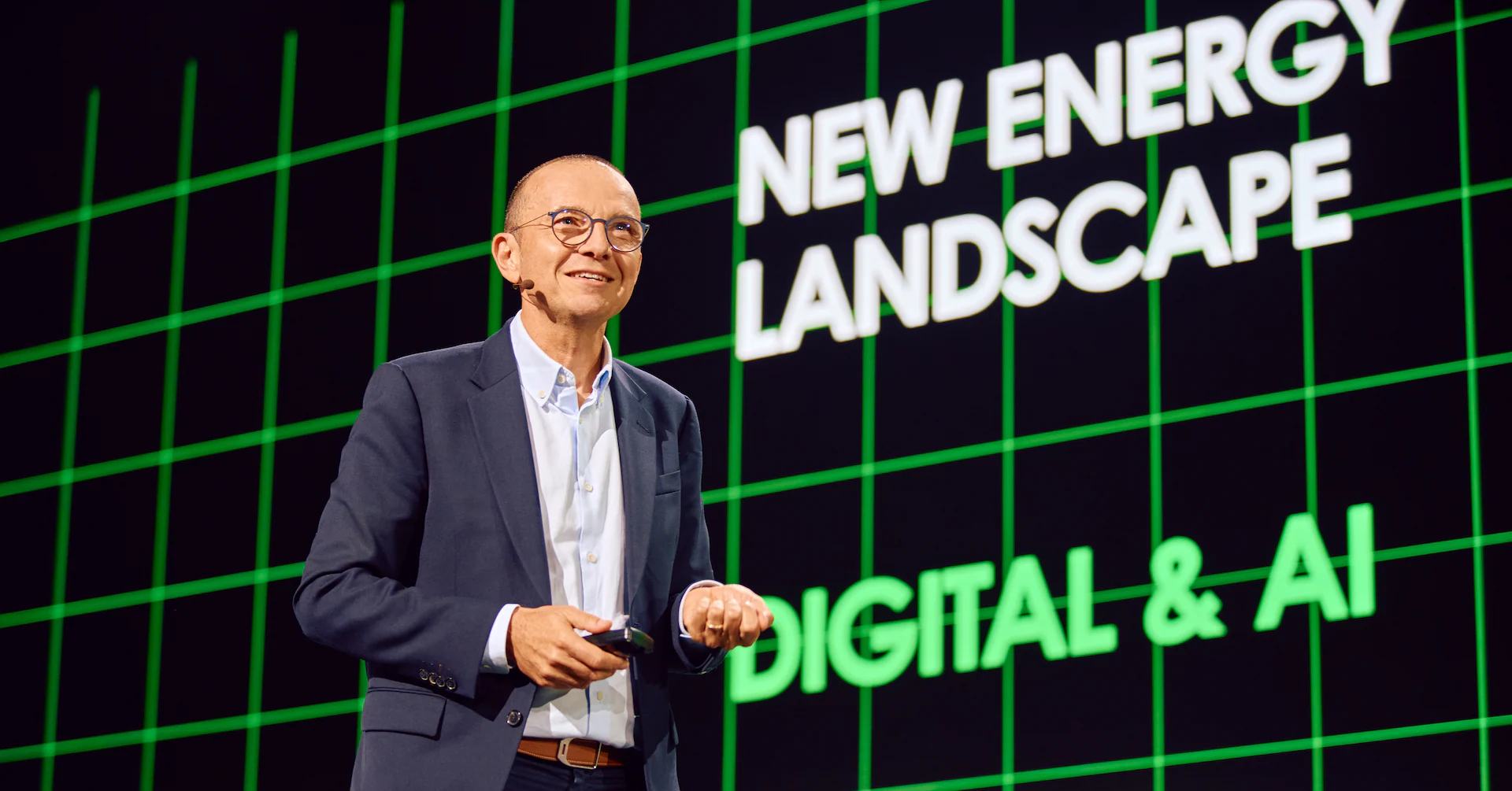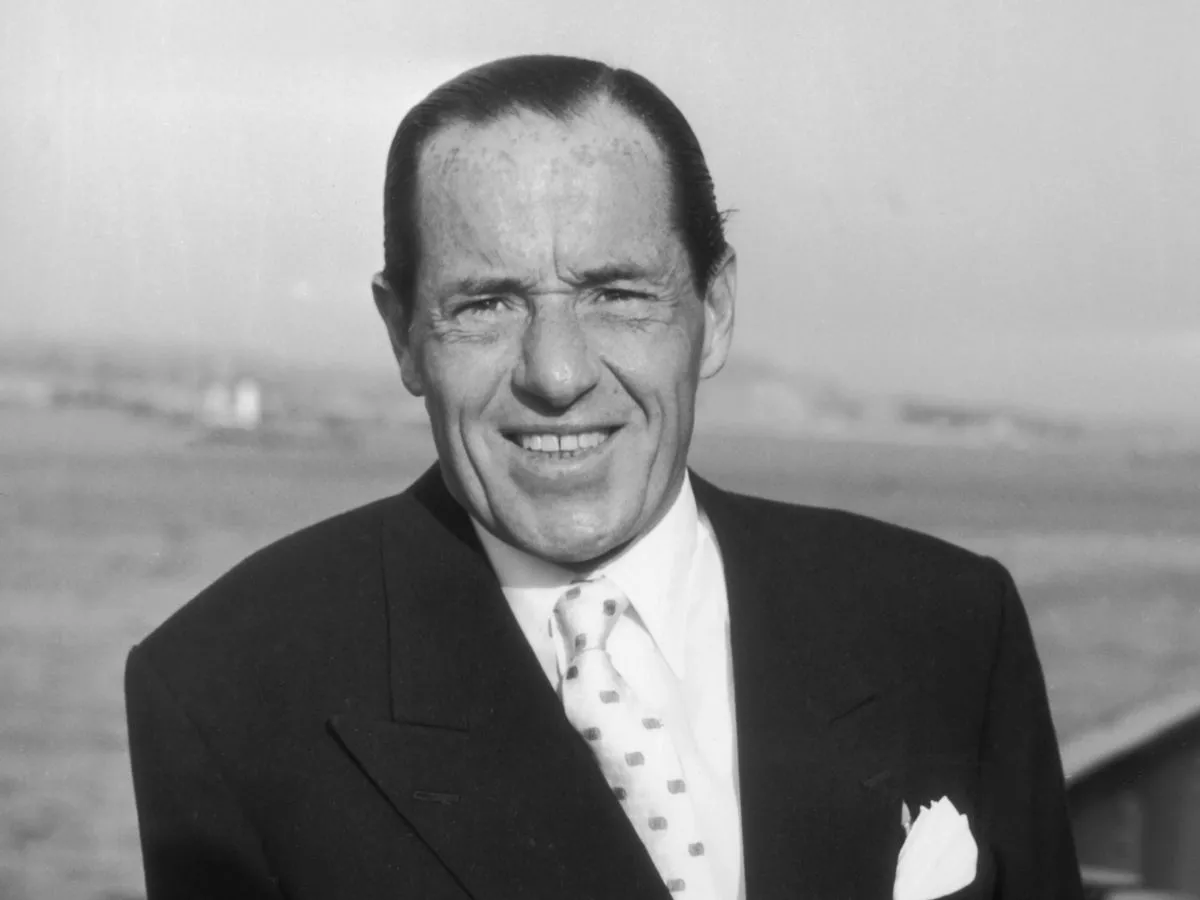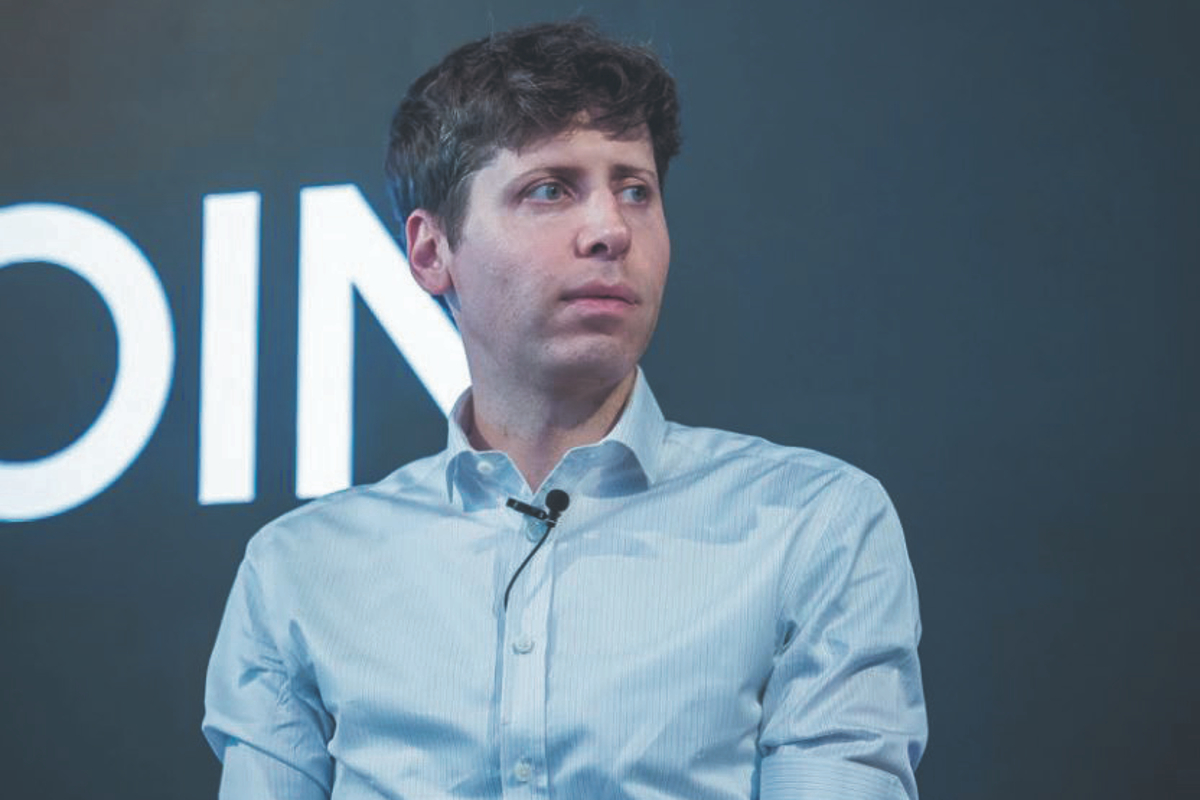Copyright Reuters

Summary CSO turned CEO tackles electricity consumption growth projected at 3.3% in 2025 Smart technologies promise 20% energy savings while tackling data centres' projected 1 GW Schneider partners with Nvidia on liquid cooling for AI factories across Europe Company pushes suppliers towards 50% emissions reduction while tackling customer emissions Blum urges policymakers to focus on incentives, warning red tape dampens climate action November 3 - Olivier Blum, new chief executive at energy technology multinational Schneider Electric, is one of a small club of chief sustainability officers who have made it into the top job. His experience as CSO, which ran from 2020 to 2022, strengthened a long-standing belief of this former engineer that sustainability cannot exist “in a parallel universe” to core business. “It (sustainability) is basically about how you create a responsible company that on one side delivers short-term results ... but at the same time has a positive impact in your ecosystem,” says 55-year-old Blum, echoing a message now heard increasingly across C-suites. Arguably, it’s easier for Blum to see such synergies than others, given the company’s role as a major provider of hardware and software solutions for the energy transition. Over the last decade or more, Schneider has bet big on electrification. Its portfolio runs from core manufacturing (circuit breakers, wiring devices and so forth) through to cutting-edge tech (such as industrial automation software and digital power management systems for “smart” buildings). And the bet has paid off, with its second-quarter revenues for 2025 up 8.3% to 10.01 billion euros, buoyed largely by services to the fast-growing data centre market. According to Schneider, its products have helped customers save or avoid 734 million tonnes of carbon dioxide emissions. “It's very easy to explain how our business is going to contribute positively to this environment,” says Blum. “Because at the end of the day, the more you save energy, the more you contribute to the climate transition.” Blum has the advantage of knowing the sector inside out, a legacy of having worked in the same company for 32 years, including executive committee roles in human resources, strategy and energy management. It’s a career trajectory that has offered him a first-row seat in how technological innovations such as digitalisation, automation and artificial intelligence have up-ended the energy sector. He is adamant that the “train has left the station” when it comes to renewable-enabled electrification, which he says is the cleanest and most efficient source of energy. “It’s not a question if it (electrification) is going to happen or not,” he insists. “It’s happening in homes, it’s happening in transportation – and the next big one is in industry.” Obviously, the opportunities for a supplier into the energy sector like Schneider are immense. With its software and digital services arms growing at double-digit rates, it’s little wonder that Schneider’s new boss has no plans to radically alter the company’s course. But the company does face some challenges. The most significant arise on the demand side. According to the International Energy Agency, electricity consumption is set to rise by 3.3% in 2025 and 3.7% in 2026, more than double the rate of total energy demand growth over the same period. While the reliance of the power sector on coal and oil is gradually decreasing, fossil fuels (notably natural gas) remain a significant part of the world’s power matrix, especially in major economies such as China, India and the U.S. If this growth in power demand isn’t decoupled from emissions, then electrification’s eco-star will shine less brightly. Blum’s hopes are pinned on galvanising energy efficiency – for which data is critical. He points to data management solutions such as Schneider’s EcoStruxure Platform, which draws on the latest in sensors, secure connectivity, big data, the Internet of Things and a host of other smart digital technologies. Take the smart home of the near future. “The day will come when your electrical panel is fully connected. We have data, we can amplify (it) with AI, and you don't have to do anything: we'll take care of that, and we'll reduce by 20% your energy consumption.” But the true test will come in the world’s rapidly expanding data centres. Until recently, a rack in an average data centre might have a power demand of 20 to 30 kilowatts, he explains. With the explosion in AI, many are approaching 100 kilowatts: “Now, we have to get ready for the next generation that can go up to 1 gigawatt.” To try and get ahead of this challenge, Schneider has been working in Europe with the AI microchip and graphics cards giant Nvidia to co-develop liquid cooling solutions and innovative energy control systems for the latter’s power-hungry AI data centres. The partnership comes as the European Union is pushing forward with plans to set up 13 AI factories and up to five AI “giga factories”. Schneider also recently announced the development of the world’s first digital twin for electrical and large-scale power systems in AI factories. The solution allows data centre operators to simulate different options for optimising power use and driving efficiencies. “There is a need for more data centres and more infrastructure,” Blum says unequivocally. “So, the reason why we are working with Nvidia is because we want to work upstream in the value chain to understand where they are going in terms of technology.” Blum clearly believes in the power of technology and innovation to crack even the hardest sustainability nuts. But he accepts that Schneider will have to persuade its wider ecosystem to follow suit if the global economy is to move to a low-carbon electrified footing. His initial focus lies with the company’s suppliers. Back in 2021, during his time as CSO, Schneider launched a series of digital tools and technical trainings to encourage its largest 1,000 suppliers to reduce their emissions by 50% by the end of this year. As of July this year, they were just 1% shy of that target. The longer-term challenge will be tackling customer-related emissions, which represent 85% of Schneider’s overall carbon footprint. One positive move is its invention of a range of circuit breakers that use vacuum air for electrical insulation rather than the customary sulphur hexafluoride, a polluting gas with a global warming potential 23,500 times greater than that of carbon dioxide. Blum also accepts that a systems-wide change requires an enabling policy environment. For that, he implores legislators not to let political ideology get in the way of practical progress. His other big ask is for policymakers to concentrate less on sticks, which, he maintains, “have never been effective”, and to focus on carrots, such as greater incentives for domestic homeowners to retrofit their properties, given that around 90% of near-term housing emissions will come from existing building stock. Equally, he advocates for a stripping back of red tape, blaming an upsurge in regulations for dampening the appetite for climate action created by the landmark 2015 Paris Agreement. “People spend more time at the end of the day working on their (sustainability) reporting than working effectively on the action, for instance, to reduce the Scope 1 and 2 emissions in their company,” he says. In today’s volatile times, external events will no doubt bring some turbulence to Blum’s tenure. Geopolitical tensions, unstable energy prices and data insecurity are just some of the macro-risks that he anticipates. But he is confident that a strategic approach rooted in business logic will see the economy’s low-carbon transition eventually take hold. “We are not in politics,” says Schneider’s pragmatist in chief. “We are practical people. We are engineers.” Opinions expressed are those of the author. They do not reflect the views of Reuters News, which, under the Trust Principles, is committed to integrity, independence, and freedom from bias. Ethical Corporation Magazine, a part of Reuters Professional, is owned by Thomson Reuters and operates independently of Reuters News. Oliver Balch is an independent journalist and writer, specialising on business’s role in society. He has been a regular contributor to The Ethical Corporation since 2004. He also writes for a range of UK and international media. Oliver holds a PhD in Anthropology / Latin American Studies from Cambridge University.



